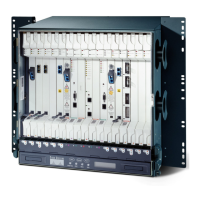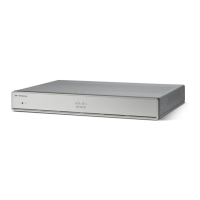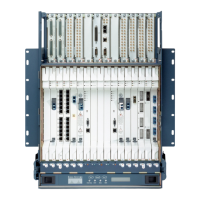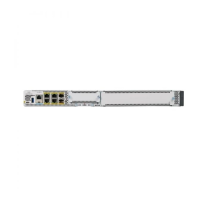At a set gain condition, the EDFA maintains the gain as long as the output power is
below the power limit. For example, for GS-EDFA-BCST-17-SA EDFA, if the set
gain is 12 dB, when input power is in the range from -7 dBm to 5 dBm, the output
power will be in the range from 5 dBm to 17 dBm. However, if the input is larger
than 5 dBm, the output power cannot go beyond 17 dBm to maintain the 12 dB gain.
Instead, it will be operated at 17 dBm output. If the input goes below the specified
range, the EDFA still tries to maintain the set gain. However, if the composite
input power goes too low, the monitoring accuracy will degrade, which could result
in poor output power stability.
Narrowcast EDFA Power and Gain Setup
Narrowcast EDFAs are optimized for multiple optical channel application to achieve
uniform performance over the operation band digital video or data signals. The
designed bandwidth is about 34 nm from 1528 nm to 1562 nm, which can
accommodate 40+ optical channels (ITU20 - ITU62) at 100 GHz spacing. Constant
gain operation mode is usually desired for the application because of the possibility
that optical channels can be added or dropped. Constant power mode is available as
an option.
Constant Gain Mode (Default)
Four models of narrowcast EDFAs are available to suit applications that require
different output power and gain. Each of the narrowcast EDFA models has a default
gain setting. The narrowcast EDFAs can be operated at other gain values within the
range Default gain ± 2 dB. However, EDFAs operated at the default gain condition
can achieve the most uniform performance for the all optical channels across the
band.
